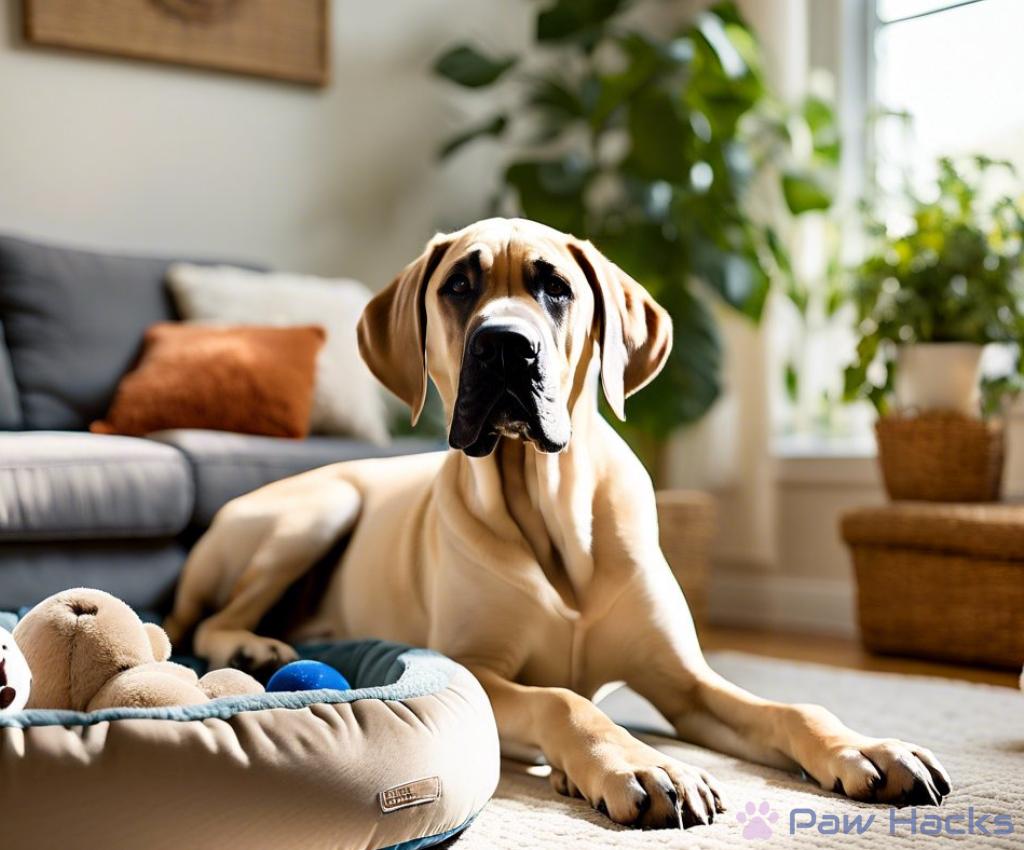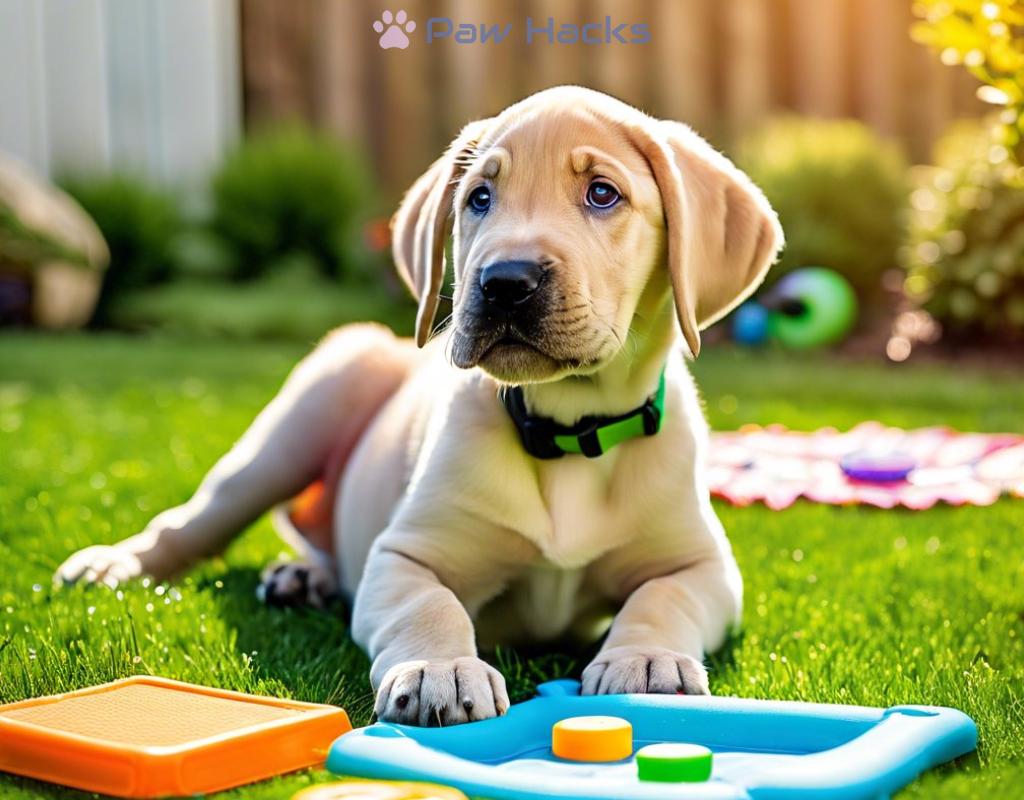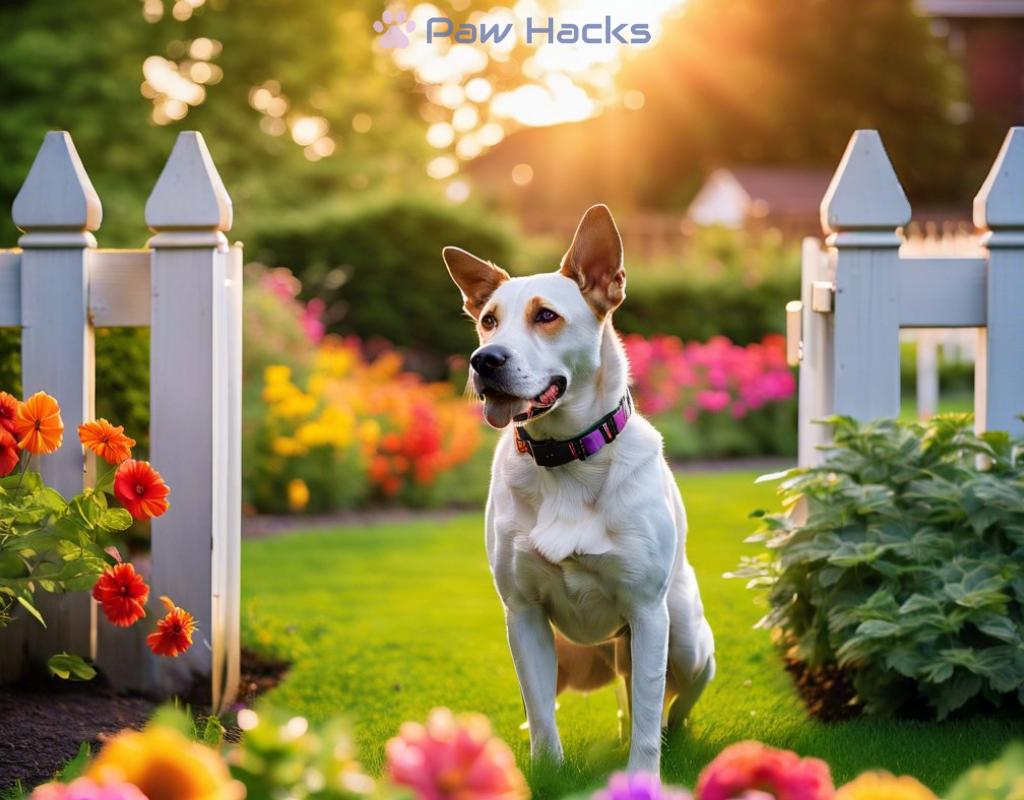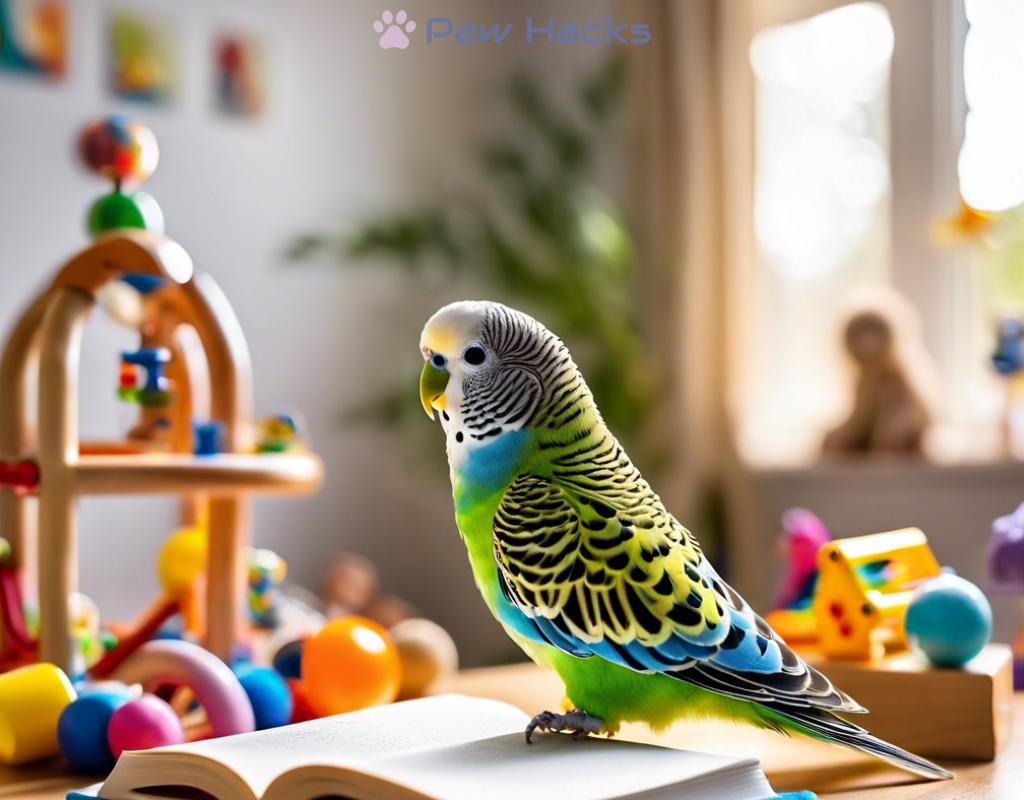Potty Training Large Breed Puppies
Understanding the Unique Needs of Large Breed Puppies

Large breed puppies are not just adorable; they come with their own set of unique challenges and requirements, especially when it comes to potty training. These puppies grow rapidly and their size necessitates a tailored approach to ensure they develop good habits early on. Understanding their specific needs can make all the difference in the effectiveness of your training efforts.
Potty training a large breed puppy involves understanding their physical capabilities and how they differ from smaller breeds. Larger puppies often have larger bladders, which means they can hold their urine for longer periods. However, this can also lead to accidents if they are not given adequate opportunities to relieve themselves. Here are some critical aspects to consider:
- Bladder Control: Large breed puppies can typically hold their bladder for longer than smaller breeds, but their training should still begin early.
- Physical Space: Ensure that your training area is spacious and comfortable for your puppy to move around.
- Consistency: Establishing a consistent routine is key to successful potty training.
To effectively potty train your large breed puppy, creating a structured schedule is essential. This helps your puppy understand when and where it is appropriate to relieve themselves. Below is a simple training schedule that you can adapt:
| Time | Activity | Details |
|---|---|---|
| Morning | First Potty Break | Take your puppy outside immediately after waking up. |
| Mid-Morning | Short Break | Allow a quick break after playtime. |
| Afternoon | Regular Potty Breaks | Every 2-3 hours, take your puppy outside. |
| Evening | Last Potty Break | Before bedtime, ensure your puppy relieves itself. |
By following a consistent training schedule and being mindful of the unique needs of large breed puppies, you can pave the way for a successful potty training experience.
Step-by-Step Guide to Effective Potty Training Techniques
When it comes to potty training large breed puppies, a structured approach can significantly enhance the success rate. These pups often require tailored methods due to their size and distinctive needs. By applying effective potty training techniques, you can foster a positive environment that encourages good bathroom habits. Let’s explore some actionable strategies for training your large breed puppy effectively.
Creating a reliable routine is one of the cornerstones of successful potty training for large breed puppies. Puppies thrive on predictability, and a consistent schedule helps them understand when it’s time to go outside. Start by taking your puppy out first thing in the morning and after meals, playtime, and naps. By doing so, you reduce the chances of accidents indoors. Furthermore, make sure to choose a specific spot outside for potty breaks. This helps them associate that area with relieving themselves, increasing the likelihood of success.
Utilizing positive reinforcement is a powerful technique when potty training large breed puppies. When your puppy successfully goes potty outside, immediately reward them with praise, treats, or their favorite toy. This approach not only encourages them to repeat the behavior but also strengthens the bond between you and your puppy. It’s essential, however, to provide these rewards right after the act to ensure they connect the dots. Avoid punishment for accidents; instead, focus on redirecting them to the appropriate behavior. With time and patience, your puppy will learn what is expected of them.
Being observant of your puppy’s behavior can provide you with clues that it’s time for a potty break. Common signs include sniffing around, circling, or whining. When you notice these behaviors, take your puppy outside immediately. This proactive approach not only minimizes accidents but also reinforces the idea that these behaviors indicate a need to go outside. Additionally, keeping a close watch on your puppy’s water intake can help you anticipate bathroom needs. By monitoring their habits and being quick to respond, you lay the groundwork for a successful potty training journey.
Common Challenges in Potty Training Large Breeds and How to Overcome Them
Potty training large breed puppies can be a rewarding yet challenging experience for any dog owner. While their size may suggest that they are easier to train due to their ability to hold their bladder longer, this is not always the case. Large breed puppies can present unique hurdles that require careful planning and patience. Understanding these common challenges will help you develop effective strategies to ensure a smooth potty training process.
Accidents are a normal part of potty training, but they can feel more daunting when dealing with larger breeds. Their size means that when they do have an accident, it can be messier and more challenging to clean up. To minimize these incidents, it is essential to recognize that consistency and routine are your best allies. Establishing a schedule that includes frequent potty breaks will significantly reduce the chances of accidents. Moreover, when accidents do occur, avoid reacting negatively. Instead, clean up the mess without fuss and redirect your puppy to the appropriate potty area. This approach not only fosters a positive training environment but also helps your puppy learn from their mistakes.
Another challenge with large breed puppies is their often stubborn nature. As they grow into their size, they may develop a sense of independence that can complicate potty training efforts. To combat this, it is crucial to engage your puppy actively during training sessions. Use interactive methods such as playing games that involve going to their designated potty area. Incorporating physical activity can also help burn off excess energy, making them more receptive to training. Remember, patience is key; gradually reinforce the desired behavior with positive reinforcement, ensuring they associate going outside with praise and rewards.
While large breed puppies may have larger bladders, they can still struggle with bladder control, especially at a young age. This can lead to confusion for both the puppy and the owner. To manage this effectively, keep a close eye on your puppy’s drinking habits and adjust their water intake before bedtime to minimize nighttime accidents. Additionally, consider using belly bands or dog diapers temporarily if accidents are frequent, as they can help manage the situation while you continue training. Over time, as your puppy matures, their bladder control will improve, so stay committed to your training efforts and remain attentive to their needs.
Creating a Potty Training Schedule Tailored for Your Large Puppy
For large breed puppies, a well-structured potty training schedule is crucial. These puppies tend to have unique physical needs and tendencies, making a tailored approach necessary for their successful training. By establishing a routine that aligns with their natural habits, you not only help them learn but also foster a sense of security and understanding. A structured schedule minimizes confusion and reduces the likelihood of accidents, making the process smoother for both the puppy and the owner.
Creating an effective potty training schedule involves several essential components. Here’s a list of the key elements you should consider:
- Regular Breaks: Schedule potty breaks every 2-3 hours during the day.
- Post-Meal Potty Time: Always take your puppy outside after meals to encourage elimination.
- Morning and Evening Routine: Ensure they have designated potty breaks first thing in the morning and just before bed.
- Activity-Related Breaks: Plan for potty breaks after play sessions or naps, as these activities often stimulate the need to go.
- Specific Potty Location: Consistently take your puppy to the same spot outside to build an association.
Below is a sample schedule that you can adapt based on your puppy’s needs and your daily routine:
| Time | Activity | Details |
|---|---|---|
| 7:00 AM | First Potty Break | Take your puppy outside immediately after waking up. |
| 7:15 AM | Breakfast | Feed your puppy and allow them to hydrate. |
| 7:30 AM | Post-Meal Potty | Take your puppy outside after eating. |
| 10:00 AM | Mid-Morning Break | Allow a quick potty break after playtime. |
| 12:00 PM | Lunch | Feed your puppy and provide water. |
| 12:15 PM | Post-Meal Potty | Take your puppy outside again. |
| 3:00 PM | Afternoon Break | Every 2-3 hours, take your puppy outside. |
| 6:00 PM | Dinner | Feed your puppy and ensure hydration. |
| 6:15 PM | Post-Meal Potty | Take your puppy outside after eating. |
| 9:00 PM | Evening Potty Break | Ensure your puppy relieves itself before bedtime. |
By adhering to a schedule that considers your large breed puppy’s specific needs, you can greatly improve your potty training success. Remember, patience and consistency are your best tools as you guide your puppy through this important learning phase.
Positive Reinforcement: The Key to Successful Potty Training
As you embark on the journey of potty training your large breed puppy, it’s crucial to understand the pivotal role of positive reinforcement in this process. This technique not only encourages good behavior but also strengthens the bond between you and your furry companion. By recognizing and rewarding your puppy’s achievements, you create a positive environment that is conducive to learning.
Understanding Positive Reinforcement
Positive reinforcement revolves around the principle of rewarding desired behaviors to increase their occurrence. In the context of potty training, this means giving your puppy a treat, verbal praise, or playtime immediately after they successfully relieve themselves outside. The key is timing; the reward should be given right after the act to create a strong association in your puppy’s mind. For instance, if they go potty in the designated spot, your enthusiastic praise or a small treat will let them know they’ve done something right. This method is significantly more effective than punishment, which can confuse and instill fear in your puppy.
Creating a Rewarding Experience
To make positive reinforcement work effectively, it’s essential to tailor the rewards to what your puppy values most. Some puppies may respond better to treats, while others may prefer affection or playtime. Experiment with different rewards to find out what motivates your large breed puppy the most. Additionally, consistency is paramount; always reward your puppy when they go potty in the right place. This consistency helps reinforce the behavior over time.
Tracking Progress and Adjustments
As you implement positive reinforcement, it’s beneficial to keep track of your puppy’s progress. Maintaining a journal or using a training app can help you note when and where your puppy goes potty successfully. This tracking not only provides insights into their habits but also allows you to adjust your training methods if necessary. For example, if you notice that your puppy is struggling to hold it during certain times of the day, you may need to increase the frequency of potty breaks during those periods.
In conclusion, positive reinforcement stands as a cornerstone in the potty training process for large breed puppies. By fostering a rewarding environment and being attentive to your puppy’s needs, you pave the way for successful potty training. This approach not only helps in achieving the training goals but also enhances your relationship with your puppy, creating a loving and trusting bond.
Share this content:



